neoTerra employs a number of different techniques to conserve energy. It is a passive solar design with high SHGC glazing to capture winter sun. We utilized tight construction and flash-batt insulation to reduce air infiltration and three hi-efficiency Daikin mini-split heat pumps for HVAC.
This is all good in theory, but any good science-fair project measures the actual results. As mentioned in previous posts, we installed an array of temperature sensors to obtain detailed measurements on how the passive solar design is functioning. This week, I installed an energy monitoring system so we can collect data on energy consumption.
TED (The Energy Detective
The product I selected is called TED, which is an acronym for The Energy Detective.
MTU
The basic unit is called an MTU and it measures the power for an entire breaker panel.
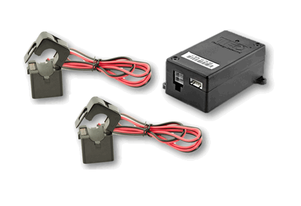
The MTU is also attached to a circuit breaker which allows it to measure the house voltage.
By measuring the instantaneous voltage and current the MTU is able to calculate and report the instantaneous power for the panel each second.
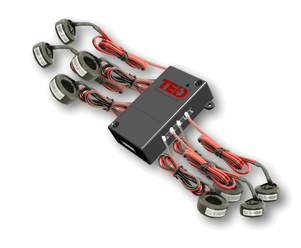
Measuring the power for the entire house is useful, but I wanted to be able to see how much power is being used by each of the three HVAC units.
TED offers an auxiliary device called the Spyder that can measure and report up to eight individual loads. It attaches to the MTU and comes with eight CTs.
I am using the Spyder to measure six loads: 3 HVAC units, the electric water heater, the well and the electric dryer. This leaves me with two spare channels that will be used to measure power generated by a photo-voltaic system in the future.
NOTE: Installation requires opening up the breaker panel(s) and should only be done by a licensed electrician!
We have 400 Amp service consisting of two 200 Amp panels. The main panel is on the left. The auxiliary panel (on the right) contains a few critical circuits (like the well and refrigerator) and will be used for the future photo-voltaic system.
The MTU and Spyder are installed in bottom of the main panel. There is a short conduit between the panels that allows sensor cables to be run to the Aux panel.
Caution -- Geek Alert --
The energy monitoring system is Totally Cool! I spent at least two hours tweaking the settings, turning stuff on and off (the toaster uses 500 watts) and playing with the graphs. I am shocked to see that my computer uses more power than the refrigerator.
The weather here has been very moderate and the HVAC units have been turned off for the past two months. But the well, water heater and dryer make interesting graphs to illustrate how the system functions.
The following graph shows the first 12 hours of operation. The well is bright green, the water heater is yellow and the dryer is red. I took a shower around 8:30 AM... you can see the well and water heater turn on. The well ran at about 0.8 kW and the water heater at roughly 4.8 kW. I'm surprised at how efficient the well is.
At 10:00 AM I decided to do a load of laundry (on cold) to see what would happen. Here you can see the well turn on and off as the washer goes through its cycles. The water heater does not turn on (as expected). Note that the well is consuming twice as much power to supply the washer as it did for the low-flow shower fixture.
The dryer (in red) consumes an impressive amount of power. It looks like drying one load of laundry consumes more power than everything else in the house for an entire day.
I don't know if TED will save any energy but, combined with the temperature sensing system, it will allow us to develop a detailed understanding of how the various elements in the house interact and how well the passive solar design really works.

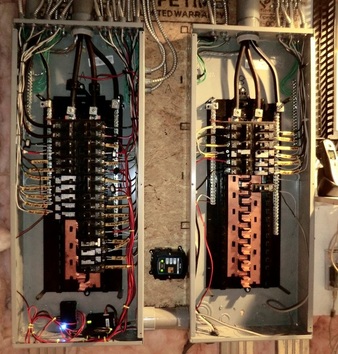
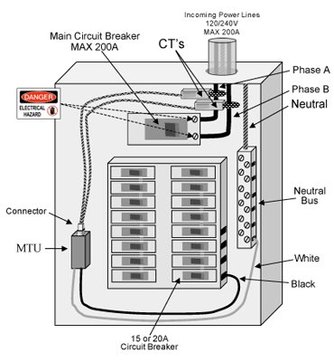

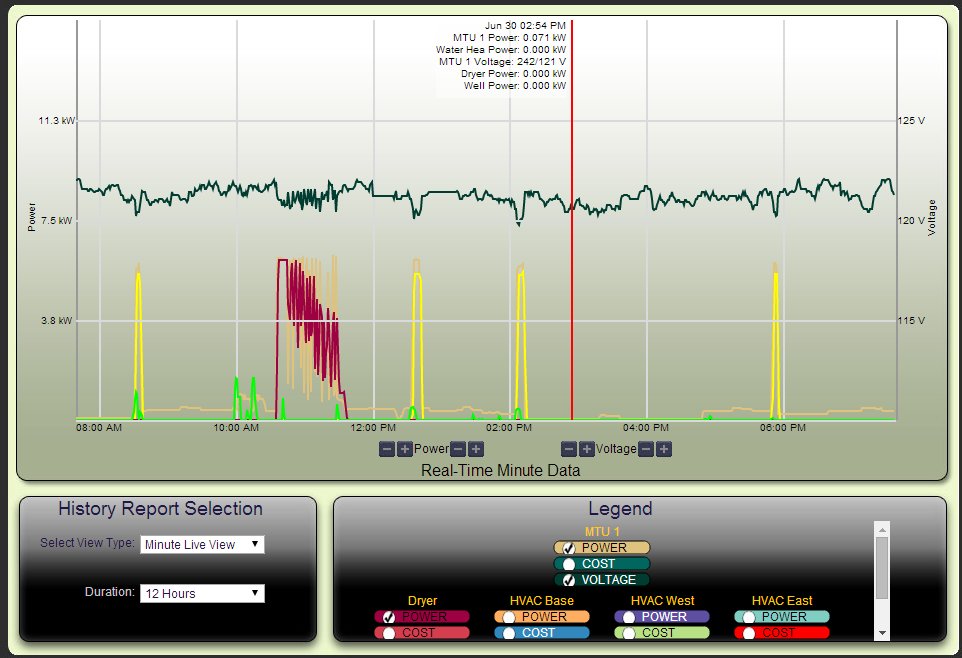
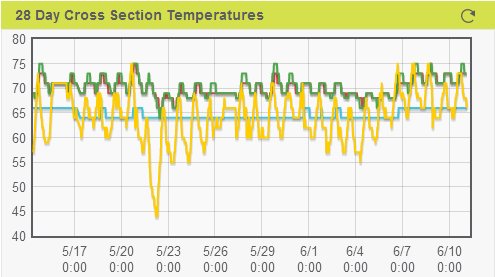
 RSS Feed
RSS Feed